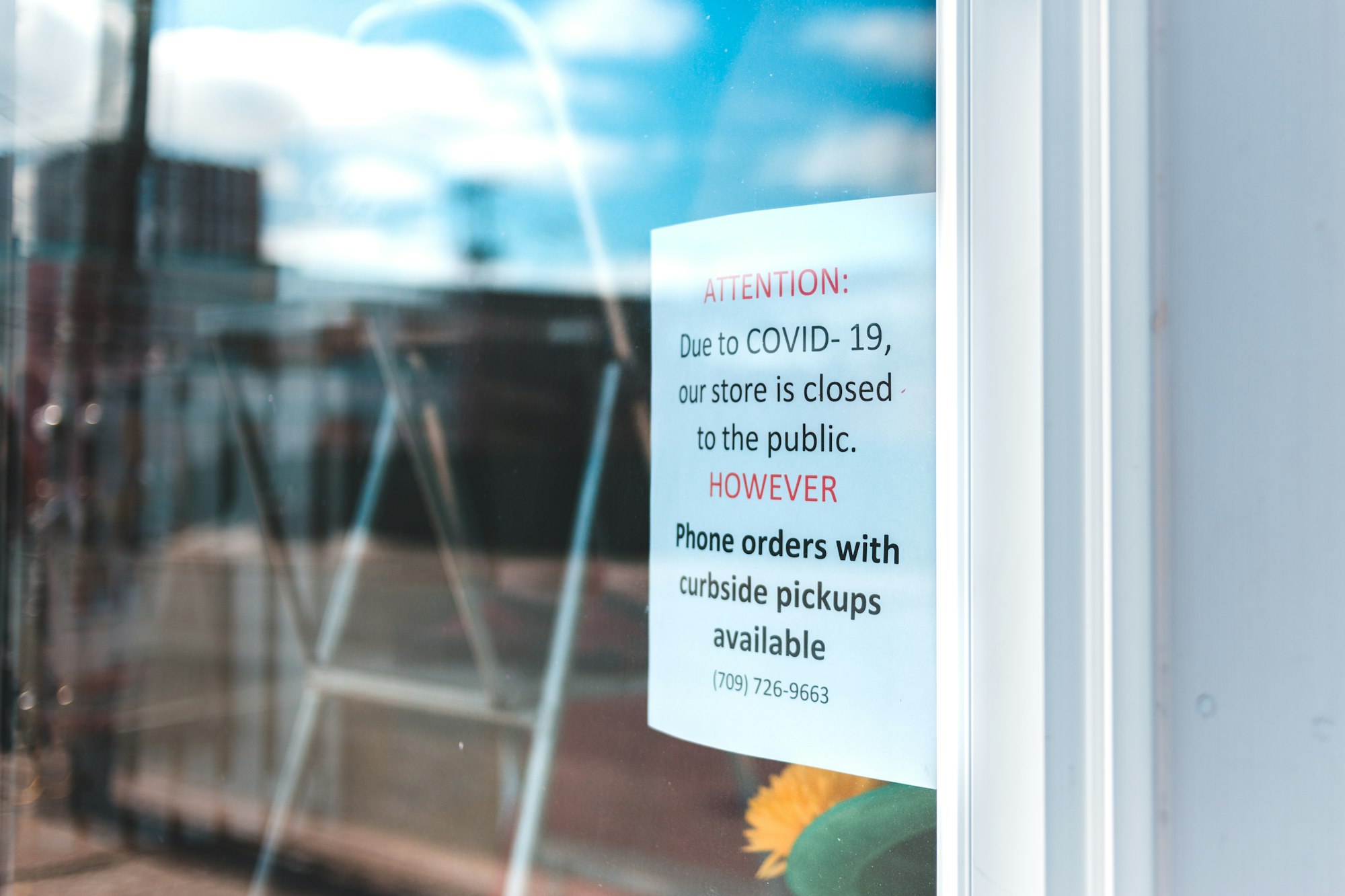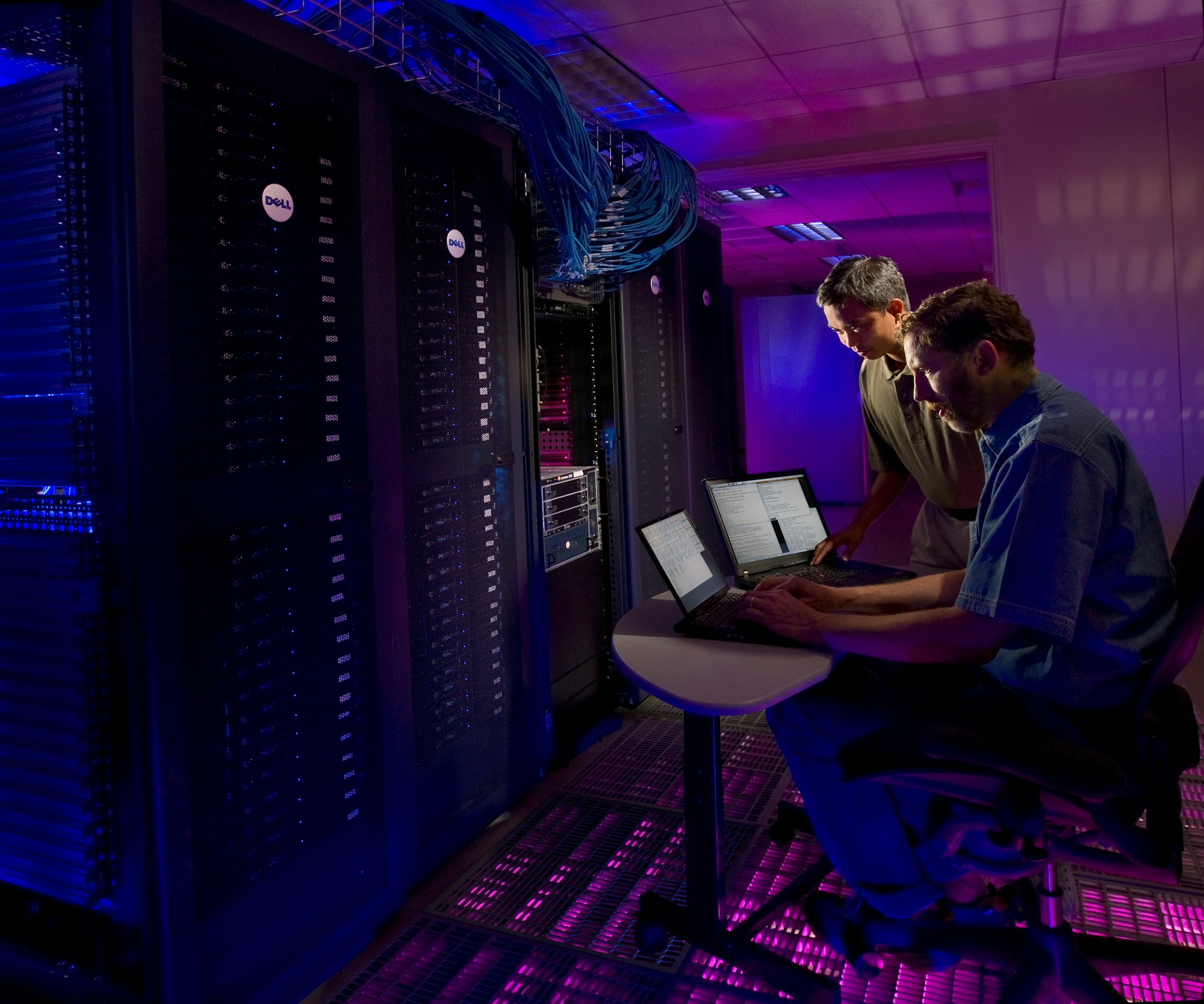The world is going through a large-scale pandemic, COVID-19, one that is larger in scale than the SARS outbreak I experienced back in 2003. Back then, recession happened to countries that see a handful of confirmed cases. We did not see lockdowns of cities, public spaces were banned, many businesses were closed and lifestyle disrupted, or at least not to the extent that we now see. Technology has improved since then. How will this Pandemic affect the use of Data Science and Artificial Intelligence in businesses?
In this post, I will be sharing my thoughts on how this pandemic will be impacting the world of data, data science, and artificial intelligence and its application in businesses.
Breaking Barriers to Data Collection

During this pandemic, we saw that a lot of governments and businesses, because of the need for contact tracing, a powerful tool to contain the spread of the virus, is collecting a lot of data. These data, although bias but to some extent does provide good glimpses into the lifestyles of individuals. For instance, places for groceries, the purchase frequency of groceries, the usual route to buy daily necessities, friends that you meet often, and how often, colleagues that are sitting beside you, etc.
To some countries credit, the data collection was well-thought through, in that they only collected what is needed for contact tracing and individuals are given an opt-in option. Having said that, if no vaccine is created for COVID-19, chances are it might become compulsory.
Previously, tech companies have to create new features to collect more data from individuals. At first, individuals are wary, not willing to give up their data. Then they started to see their less wary friends using these features and benefited from it. To a point they loved the features so much, they give up their data subconsciously. Given the pandemic, individuals are giving their data to a bigger variety of businesses. Moreover, to accommodate Work-From-Home circumstances and cater to the convenience of customers, many businesses have moved their customer-facing processes online. This allows retail businesses to collect more data.
Businesses may take advantage of the situation to get individuals to share their data, even after the pandemic. If they are savvy, they may even get individuals to share more data, data that can be useful to the businesses.
The larger impact coming from the pandemic is breaking down the barrier to collecting more individual data, with individuals more willing to share their data with non-tech business owners. This is where regulations have to come in to ensure there is no indiscriminate collection, abuse of, and adequate security of individual data. This is important because these non-tech industries just started on working with data and may not be familiar with the workings.
Data Visualization & Predictive Models

In this COVID-19 pandemic, we saw an onslaught of dashboards and prediction models. Dashboards to share with the non-data layman on what is the current development in the pandemic and predictive models to share where the "curve" is going and in turn predicting (technically should be called forecasting, imo) when the pandemic is going to end.
I am not going to go through my comments on the dashboards design and how "misleading" some of these prediction models can be. Similar to data collection mentioned above, non-data individuals will see the benefits of having good dashboards, because they have experienced it. The vast amount of both good and bad dashboards available, allow individuals to make comparisons easily. They will also realize good quality data and design thinking is needed to build useful dashboards. This may spark a handful of non-data individuals to bring these learnings to their work, using better visualization as a tool to get more value from their data.
Predictive models may experience the same as the dashboard, but given the relative complexity in predictive models, the business world might end up with individuals who merely ported the data into the models, without realizing the need to validate the data quality, model assumptions, etc. Individuals who merely ported the data into the models will, in a matter of time, be dis-illusioned by predictive models and the benefit it can provide. So this is a warning for those thinking that mere porting of data will get you useful predictive models. That is never correct! There are many technical considerations in training predictive models. Seek an experienced data scientist!
All in all, we might see more buy-in from business stakeholders or wider adoption, in using data visualization and predictive models to solve business challenges. For data professionals, we should ride on the wave and push for more! :)
More Automation

The current state of Machine Learning and Artificial Intelligence provide better tools to automate business processes. For instance, using computer vision for better security, workplace safety compliance, etc.
A lot of businesses did not have the luxury of time to prepare for lockdowns or circuit breakers as such there are processes not adequately brought online, for lack of resources that were previously accessible in office premises. Moreover, chances are employees might not come back to office premises for fear of infection after lockdowns.
Business processes may now need re-design, to accommodate Work-From-Home and social-distancing. This is especially true for critical business processes that either extend a business's competitive advantage or generate revenue.
To prepare for similar circumstances in the future, likely case is businesses will start exploring on automating the whole or part of their business processes. There will be more attention to machine learning and artificial intelligence, to see how they can build into the processes cost-effectively. These processes may need to be coupled with remote control and monitoring, having a human to monitor it and make decisions. This may in turn increase the productivity of individual workers perhaps and hopefully translate to a higher salary as well.
Also, we have seen the deployment of robots in healthcare to reduce human contact, for instance, having robots to bring meals and necessities to the infected with mild symptoms. These usages will firstly, allow researchers to collect more data in turn making the robots better and secondly, spark ideas in top management on the state of robotics and how they can be adapted to their business processes. Check out the video below.
Going forward, automation will get into the mind share of businesses. They will start looking at re-designing the processes, followed by the job roles. This will increase productivity and may lead to layoffs (hopefully get re-skilled rather) as certain tasks get automated. A warning note here. If you are thinking of automation that is coupled with remote control, please invest in the security of your infrastructure too.
On the Cloud

Before the Pandemic, businesses have seen the role that IT and technology played in their business but most of them are in the traditional model of having in-house IT infrastructure and a team to manage it. Continuing on the topic of redesigning processes. During the pandemic, businesses may start to see much inconvenience when it comes to managing their IT infrastructure especially security issues that may arise from Work-From-Home.
I believed businesses may look at their current IT infrastructure and consider how to accommodate the Pandemic scenario, being able to better manage the IT infrastructure remotely. This is where the cloud platform comes into the picture. Besides the benefits of scalability, elastic cost structure that cloud platforms provide, it also provides the ease of managing parts or whole IT infrastructure remotely.
Moving the infrastructure to cloud also allows businesses to collect more data (from cost savings) and take advantage of the availability of data science tools to make sense of it, to gather actionable insights. These insights may be valuable to strengthen businesses, especially for businesses that barely survived the Pandemic onslaught.
Conclusion
Like any crisis, awareness in certain areas will be raised for many businesses. For Data Science and Artificial Intelligence, businesses will now have a better idea of how data work, given the extensive use of data, data visualization, and machine learning. Businesses will be more cognizant of the benefits data, Data Science and Artificial Intelligence can bring. Businesses will start pushing for use of data and this may increase the demand for talents. My hope is besides businesses realizing what data can do but also start understanding that investments (time, effort, money) are needed to build up the capabilities, not within a snap of the finger.
Thanks for taking time read till here. I will love to have your feedback, if any. Please feel free to link up on LinkedIn or Twitter (@PSkoo). Do consider signing up for my newsletter too. Let us all emerge stronger from the Covid-19 Pandemic!
